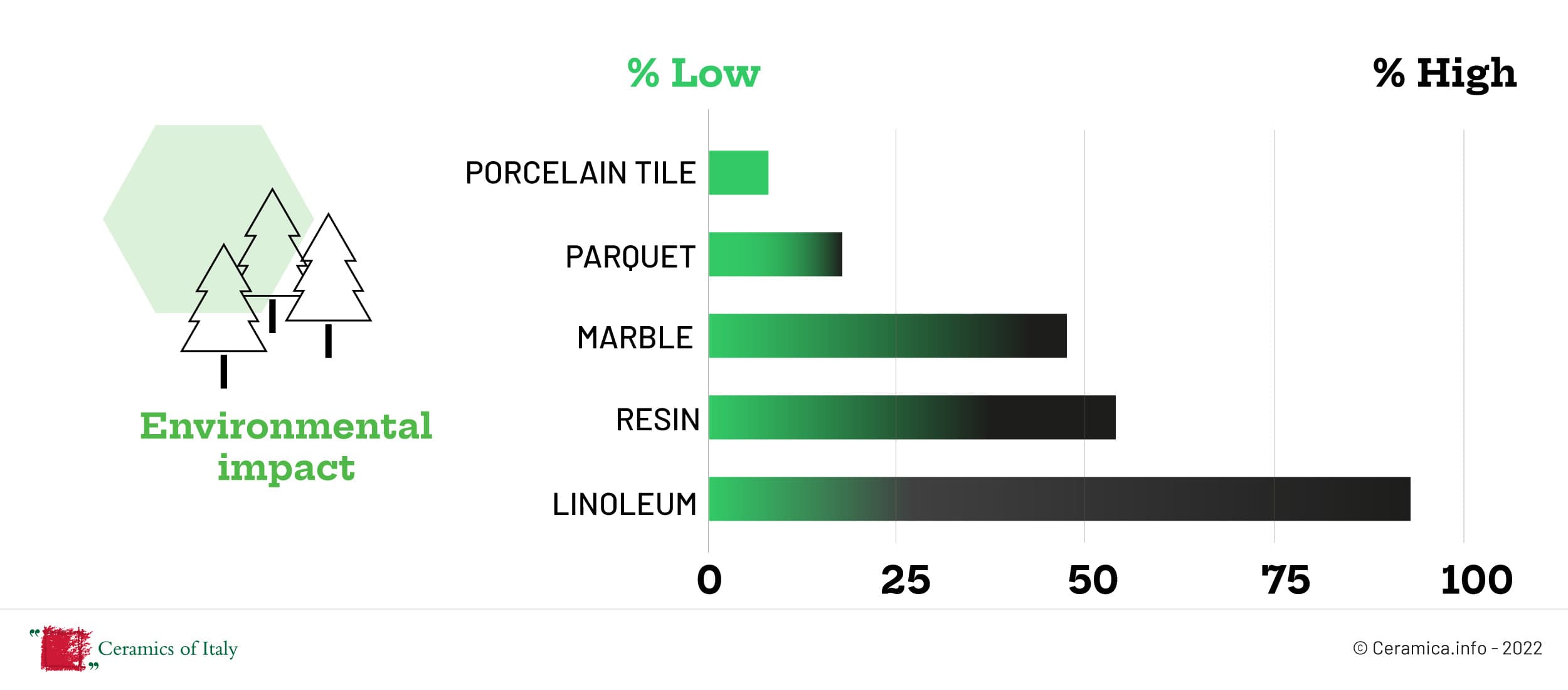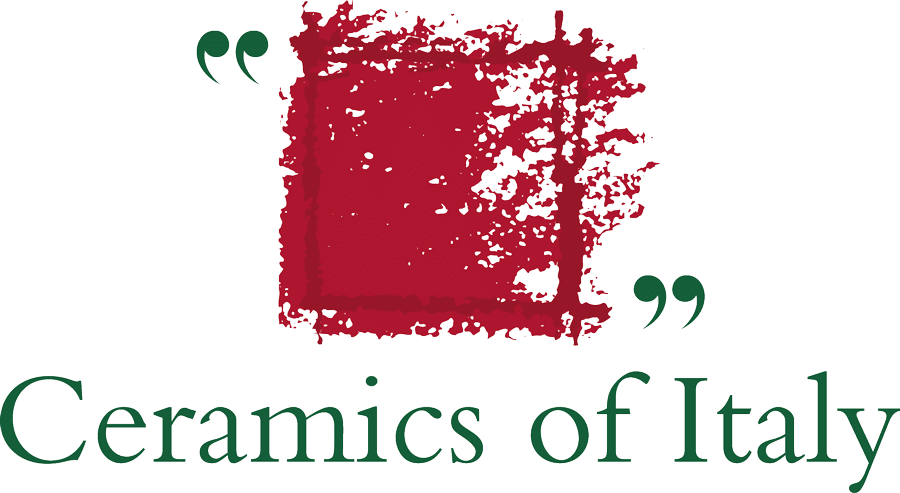Porcelain stoneware has a smaller average negative environmental impact than materials such as marble, resin, linoleum, carpet and parquet. This is confirmed by the Life Cycle Assessment (LCA)1 carried out by the University of Modena and Reggio Emilia with the aim of comparing the emissions and impacts associated with the production, use and end-of-life recycling or disposal of certain types of flooring. 
The Life Cycle Assessment method
ISO 14040 defines an LCA as “a systematic set of procedures for compiling and examining the inputs and outputs of materials and energy and the associated environmental impacts directly attributable to the functioning of a product or service system throughout its life cycle”.
The University of Modena and Reggio Emilia used the “cradle-to-grave” analysis approach to examine all stages in the life cycle, from raw material extraction to industrial production, use and end-of-life recycling or disposal of porcelain stoneware, marble, resin, linoleum, carpet and parquet.
To determine the environmental impact of each material, the following criteria were analysed:
- carcinogenic and non-carcinogenic agents;
- respirable organic and inorganic pollutants;
- ionising radiation;
- ozone layer depletion;
- aquatic and terrestrial ecotoxicity and acidification;
- land occupation;
- water eutrophication;
- global warming;
- non-renewable energy;
- extraction of minerals.
The results of the LCA study
The life cycle of porcelain stoneware has a lower environmental impact than marble, resin, linoleum, carpet and parquet for almost all the criteria analysed. This means that ceramic tile has a lower average negative environmental impact than the other types of flooring examined, making it a more sustainable choice.



 Architects
Architects
 Construction firms
Construction firms
 Dealers
Dealers
 Public
Public


